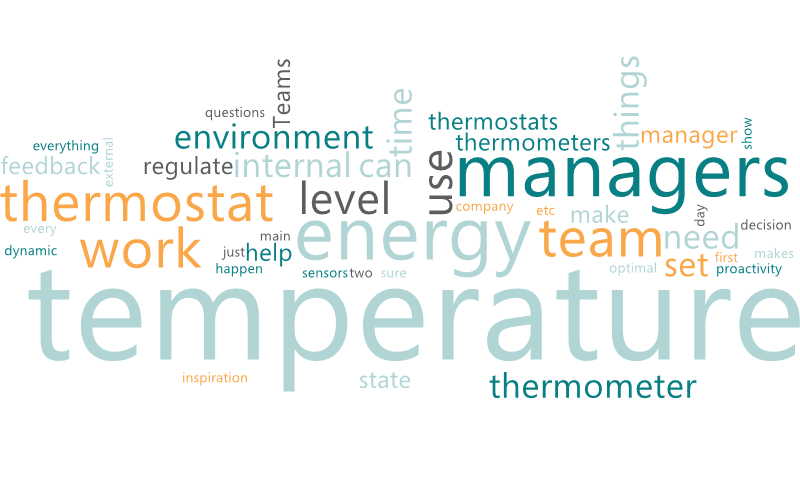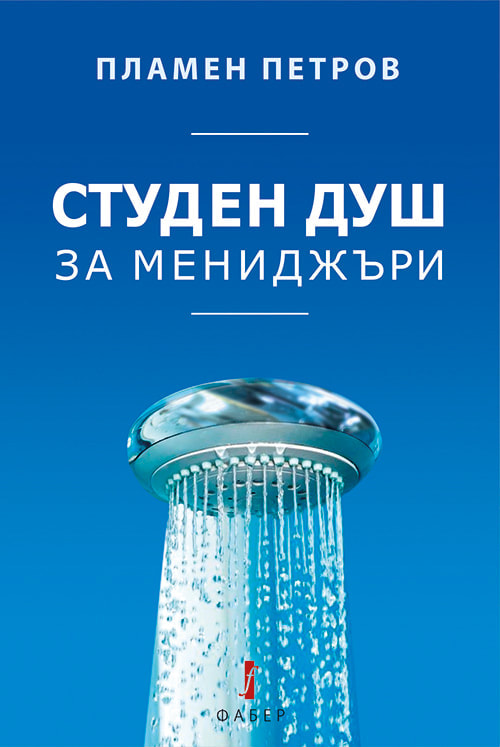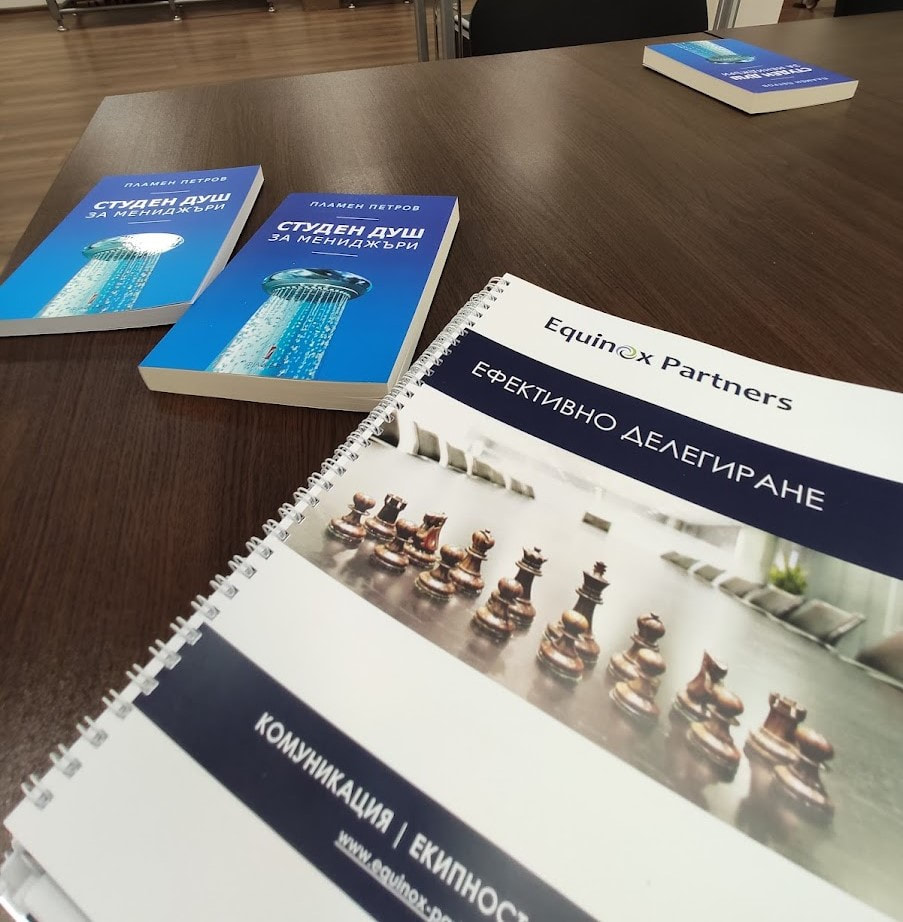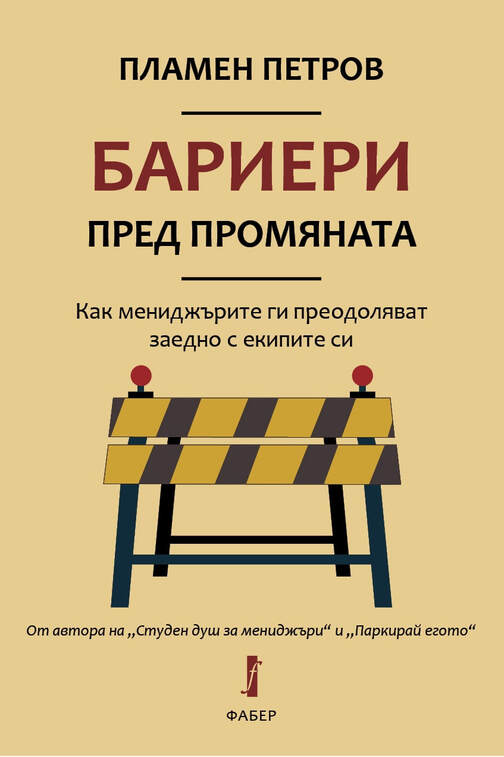|
"It's never too late to become what you were meant to be."
George Elliott There are two main types of managers - thermometers and thermostats. 1) The first type of managers - thermometers - simply show the temperature of the environment in which they work. When the temperature is too high or too low - they just show it on their screen. Nothing more. Temperature, of course, is a metaphor for the energy level at the workplace. If there is a good amount of energy, it means that there is enough of these factors: - Willingness and desire for change, improvement, and development; - Seeking and giving feedback; - Initiative and proactivity; - Motivation and inspiration; 2) The second type of managers - thermostats - set what the temperature should be and make it so. The easiest thing in the world is to be in a good mood, have enthusiasm for work, and be productive when everyone around you is in a similar state. Then things happen almost by themselves, the entire team is in the so-called "flow" state. They achieve everything with ease. If everything worked fine all by itself, there will probably be no need for managers. In this case, with or without a thermometer (manager), the team naturally reaches and maintains an internal company homeostasis. Homeostasis is a property of an open system to regulate its internal environment through some regulatory mechanisms. These regulatory mechanisms in an office environment are managers. They do not create the balance in the system per se but help the system to self-regulate through their continuous feedback and alignment with current priorities. This happens when the manager is like a thermostat - he sets the temperature and makes sure it is at a certain optimal level. Teams do not need thermometer managers. Those that work only as sensors for the external environment and external problems. Teams need thermostat managers who have the vision of optimal temperature and help teams reach this state of dynamic homeostasis. The characteristic of this equilibrium is that it is dynamic, i.e. if analyzed at the micro-level, there will be a temporary imbalance and perhaps slight creative chaos. From a technical point of view, the thermostat is a device that, with the help of temperature sensors, measures the actual temperature, compares it with a set temperature, and adjusts it to the set value. If we continue the analogy for the thermostat manager - first, you need to be clear about what temperature you are aiming for. At the beginning, I listed the things for which this temperature can be a metaphor - energy, proactivity, inspiration, etc. If these are not at the level that is healthy for the team - your job is to do something. For example, to give feedback, to align expectations, and to adjust the workload. Don't just reflect the outside temperature like a thermometer. There are only two things in your work that are within your control: your time and your energy (including energy in the form of thoughts, emotions, etc.). Both time and energy are the main levers you can use to set the right temperature for the team and yourself. You have a limited amount of time and energy every day. It makes sense to use them carefully, as things that are not infinite. One way some managers do this is by limiting the number of decisions they have to make each day. Thus, they limit the use of their energy and focus on the small number of solutions that have a potentially large positive impact on the business. This can happen by following this rule of thumb: Every decision in the company to be made at the lowest possible level, for which there are competence and decision-making authority. Adherence to this principle significantly reduces duplication of work by several people. - The other important question is, what is your internal thermostat? - What is it that helps you regulate your internal temperature? - How do you use it? - How do you make it work for sure? Spend some quality time answering these questions. Then ask your team the same questions. Here you can directly use the Socrates method and turn all the thermometers on your team into thermostats. Starting with yourself.
0 Comments
Leave a Reply. |
Архиви
July 2024
|
__________________________________________
Copyright © 2011-2024, Equinox Partners Ltd. All rights reserved.
Copyright © 2011-2024, Equinox Partners Ltd. All rights reserved.


 RSS Feed
RSS Feed


